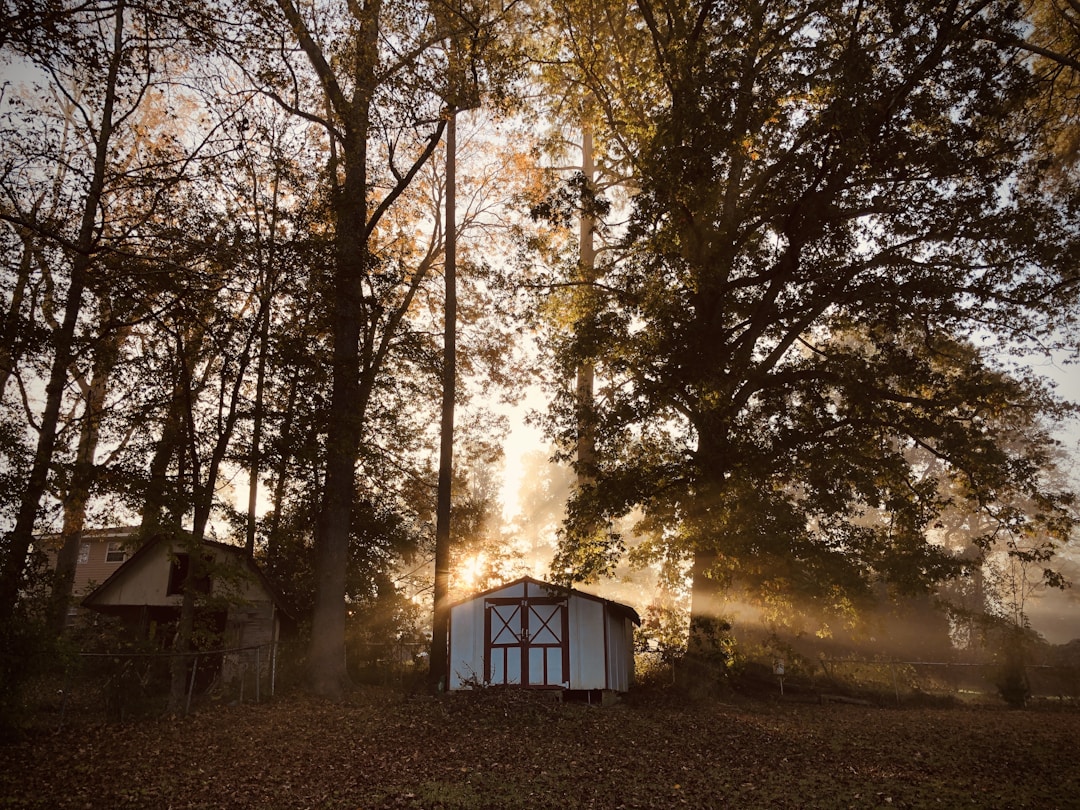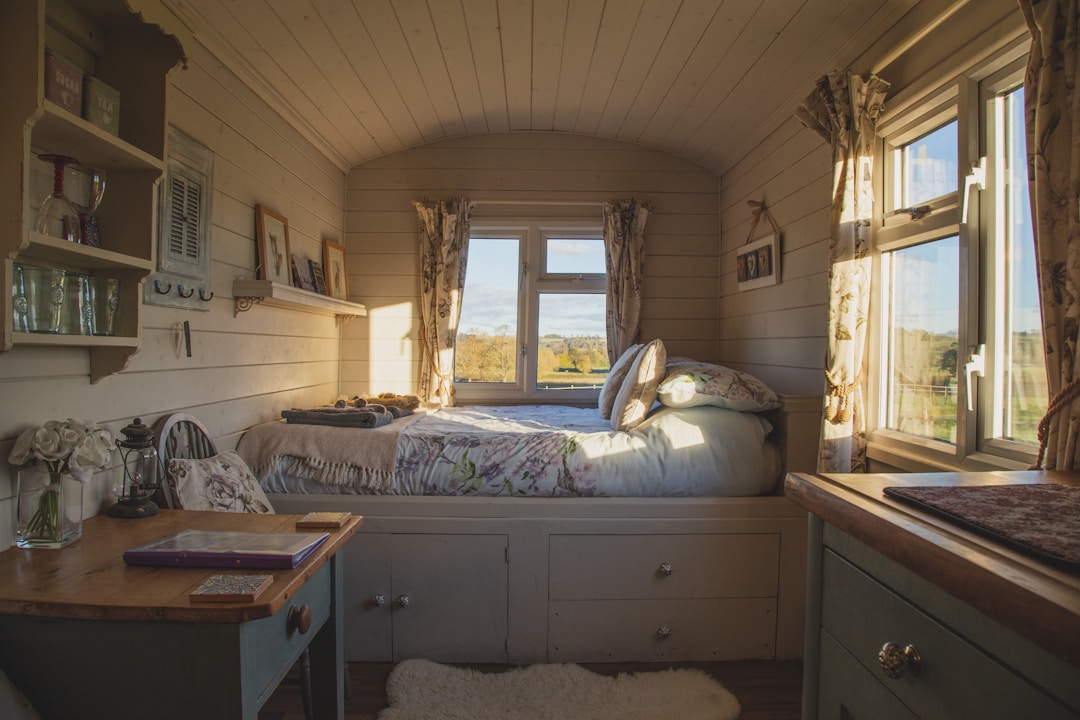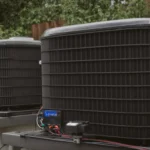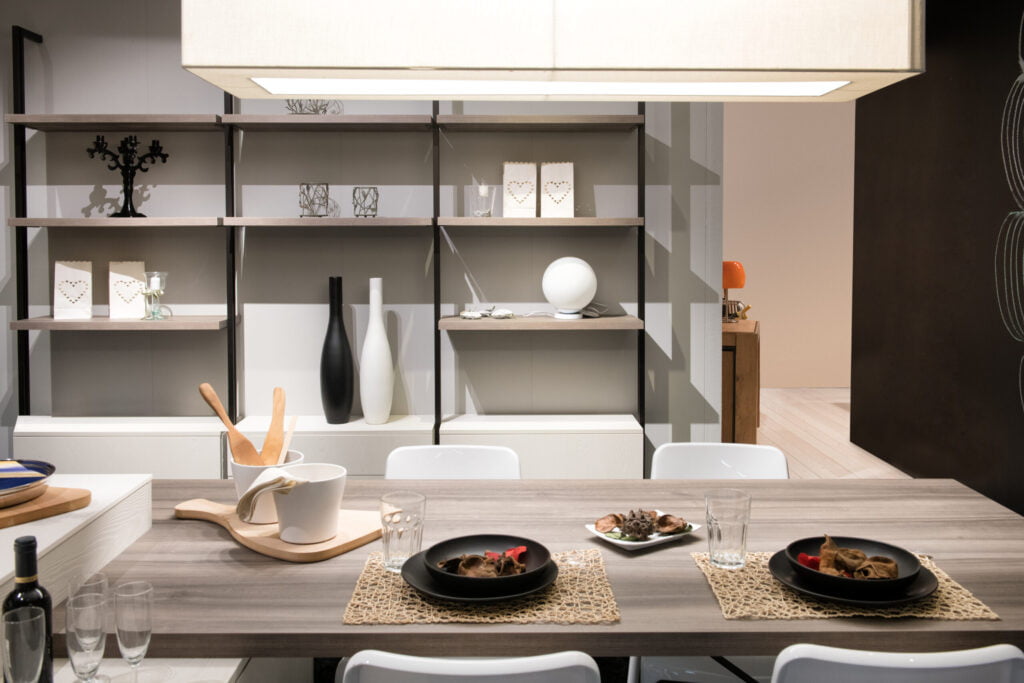From the bustling heart of urban settings to the tranquil outskirts of suburban communities, homeowners and investors alike are turning to a practical solution for space and affordability. This solution comes in the form of accessory dwelling units (ADUs). This article serves as a comprehensive manual, providing a deep dive into the world of ADUs, why they’re crucial in today’s housing market, and how you can leverage them for both personal and investment purposes.
What Are Accessory Dwelling Units?
Accessory dwelling units are secondary housing units created on an existing residential property. These living spaces generally include a full kitchen, bathroom, and sleeping area, with separate entrances and amenities to maintain independence from the main residence. They’re commonly referred to as granny flats, in-law suites, or backyard cottages. While ADUs come in various types, the overall concept remains the same—providing an independent living space within the bounds of your property.
These dwelling units have gained popularity over the years for numerous reasons. They provide a cost-effective way to expand housing options, accommodate a growing family, or generate supplemental income through rent. Additionally, they can enhance sustainability efforts through energy-efficient designs and construction methods. As cities and states across the U.S. face housing challenges, ADUs are becoming an increasingly important solution to meet the diverse needs of homeowners and renters alike.
It’s crucial to understand the different types of ADUs and choose the best option based on your specific requirements and property configurations. Whether you’re interested in building an attached, detached, or conversion ADU, these versatile units can help you create a functional and desirable living space that fulfills various needs. For a comprehensive companion through the dwelling unit planning process, visit The ADU Guide.
Types and Styles of Accessory Dwelling Units
There are three general categories of accessory dwelling units: attached, detached, and conversion ADUs. Attached ADUs are built as an extension of your existing home and share a common wall, while detached units are freestanding structures separate from the main house. Finally, conversion ADUs involve converting an existing part of your home, such as a garage or basement, into an independent living space.
Each of these categories can be further customized to fit individual needs and aesthetic preferences—consider modern, traditional, or green designs with eco-friendly materials and energy-efficient features. The design possibilities are virtually endless, and with the right planning and execution, your ADU can complement and enhance your home’s overall appearance while serving its intended function.
It’s essential to consult local zoning rules and regulations when determining the best type and style of ADU for your property. Factors like setbacks, height limitations, and total square footage can influence the available options and require careful consideration to ensure a successful outcome.
The Benefits of ADUs

There are numerous reasons why ADUs are worth considering, whether you’re a homeowner or an investor. They can serve as a valuable source of income, an excellent housing solution for family members, and a method for increasing property value. Here are some of the benefits in more detail:
Income Generation
Renting out an ADU can provide an additional living space to rent and a significant and steady source of additional income. This rental income can assist homeowners in offsetting mortgage payments, thereby making homeownership more affordable.
Housing for Relatives
ADUs can be used as a private living space for relatives, such as aging parents who may need assistance or a recent college graduate who needs a stepping stone before fully launching into adulthood. This not only solves the issue of space but also allows for the provision of support while maintaining privacy and independence.
Increased Property Value
By adding an ADU, the overall value of a property can be increased. As an investor, this means a higher potential for profits when it comes time to sell. For homeowners, it can mean a better return on investment and more substantial equity.
The Legalities and Challenges of Building Accessory Dwelling Units
As attractive as ADUs may seem, there are a few things to consider. Laws surrounding ADUs vary from city to city, so it’s crucial to understand local regulations before starting a project. Take a look at the considerations below. The idea is to inform you rather than deter you.
Zoning Laws
Each locality will have zoning laws that dictate what types of buildings can be constructed in various areas. Some areas may prohibit ADUs entirely, while others may have specific regulations regarding size, location, and appearance.
Building Codes
ADUs must adhere to the same building codes as any other residential structure. This includes standards for safety, design, and energy efficiency. Navigating these regulations can be complex and require the services of a knowledgeable architect or contractor.
Financing Challenges
Traditional mortgage lenders may be hesitant to finance an ADU project due to their unconventional nature. Homeowners may need to explore alternative financing options, such as personal loans or home equity lines of credit.
Building an Accessory Dwelling Unit: What to Consider

Before constructing an ADU, homeowners should think about their budget, the type of ADU they want to build, and the design.
Budget
The cost to build an ADU can vary significantly depending on size, location, and design choices. It’s crucial to get a clear understanding of the potential costs before starting the project to ensure it’s financially feasible.
Design
Design considerations should be thoughtful and strategic. Things like the layout, natural light, privacy, and how the ADU blends with the main house are crucial.
Preparing to Rent Your Dwelling Unit
Once your ADU is completed, you may decide to rent it out as additional income. Begin by researching local rental rates for comparable units in your area, using websites like Craigslist or Zillow to gather intel on competitive pricing. Consider factors such as size, amenities, location, and utilities when establishing your rental rate to ensure it aligns with market expectations.
It’s important to thoroughly screen potential tenants by running background and credit checks, confirming employment and income, and ensuring they have an excellent rental history. Draft a comprehensive lease agreement that outlines terms, conditions, and expectations, or consult an attorney to help you with this process to ensure compliance with local laws and regulations.
When renting out your ADU, consider the maintenance responsibilities you’ll be taking on as a landlord. This includes addressing tenant repair requests, conducting routine inspections, and providing upkeep for any shared spaces. Remaining prepared and proactive can help ensure a positive rental experience for both you and your tenant, allowing you to fully reap the benefits of your ADU investment.
Embracing the Potential of Accessory Dwelling Units
Accessory dwelling units offer a compelling solution to various housing challenges, from providing a source of income to offering a practical living arrangement for extended families. The benefits of ADUs are abundant, but their construction requires careful consideration of legal, financial, and design factors.
In this ADU guide, we’ve delved into the specifics of ADUs and why they are gaining traction in the housing landscape. ADUs are not just a trend but rather a reflection of changing housing needs and the demand for adaptable, efficient solutions. By thoughtfully implementing these insights, homeowners and investors alike can tap into the potential of ADUs, creating beneficial living environments while also making smart financial decisions.











